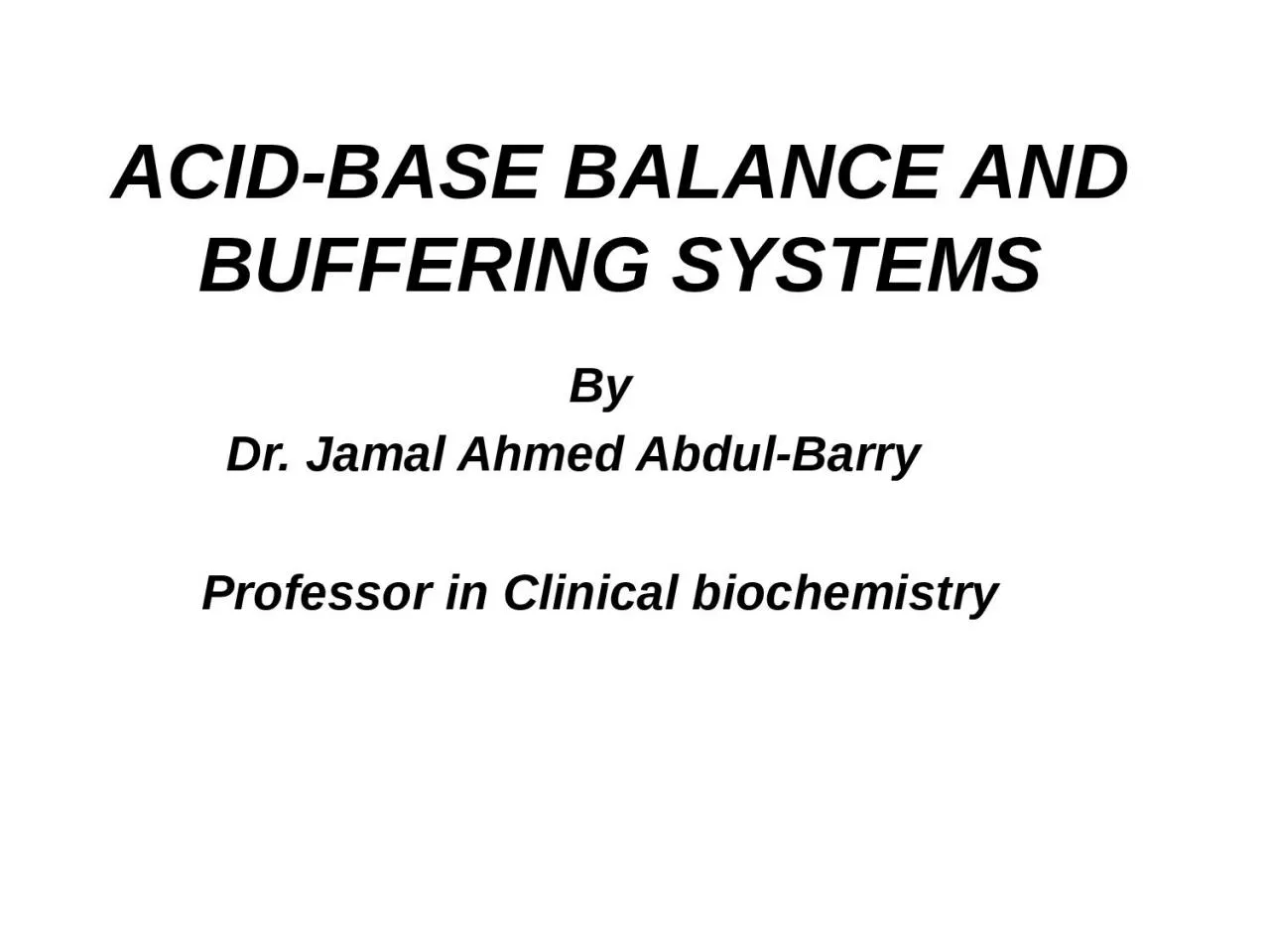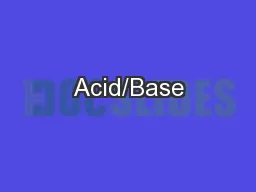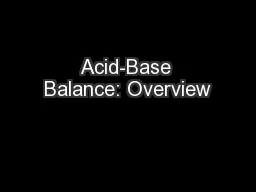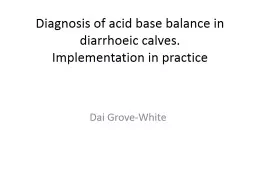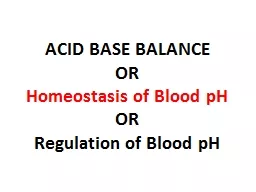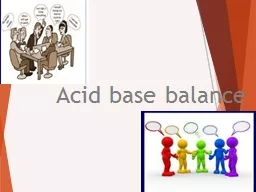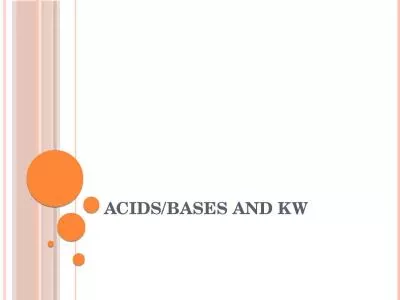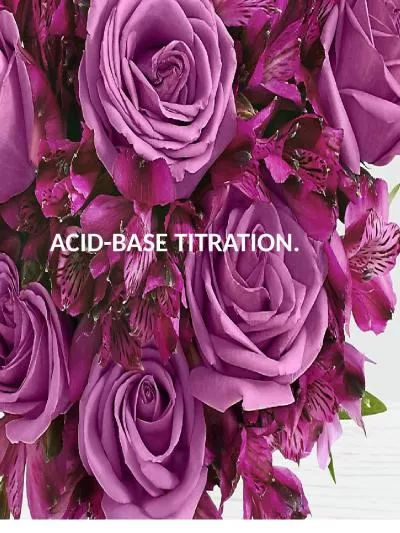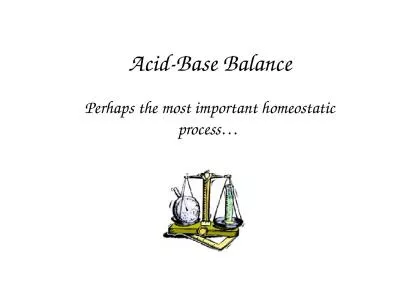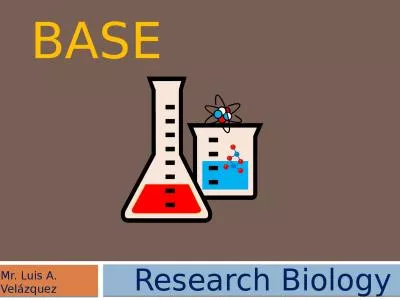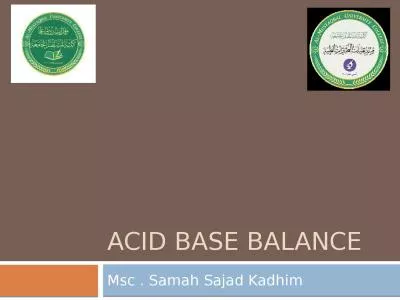PPT-ACID-BASE BALANCE AND BUFFERING SYSTEMS
Author : brown | Published Date : 2023-05-26
By Dr Jamal Ahmed AbdulBarry Professor in Clinical biochemistry Buffering Systems Buffers are aqueous systems that tend to resist changes in pH when small amounts
Presentation Embed Code
Download Presentation
Download Presentation The PPT/PDF document "ACID-BASE BALANCE AND BUFFERING SYSTEMS" is the property of its rightful owner. Permission is granted to download and print the materials on this website for personal, non-commercial use only, and to display it on your personal computer provided you do not modify the materials and that you retain all copyright notices contained in the materials. By downloading content from our website, you accept the terms of this agreement.
ACID-BASE BALANCE AND BUFFERING SYSTEMS: Transcript
Download Rules Of Document
"ACID-BASE BALANCE AND BUFFERING SYSTEMS"The content belongs to its owner. You may download and print it for personal use, without modification, and keep all copyright notices. By downloading, you agree to these terms.
Related Documents

